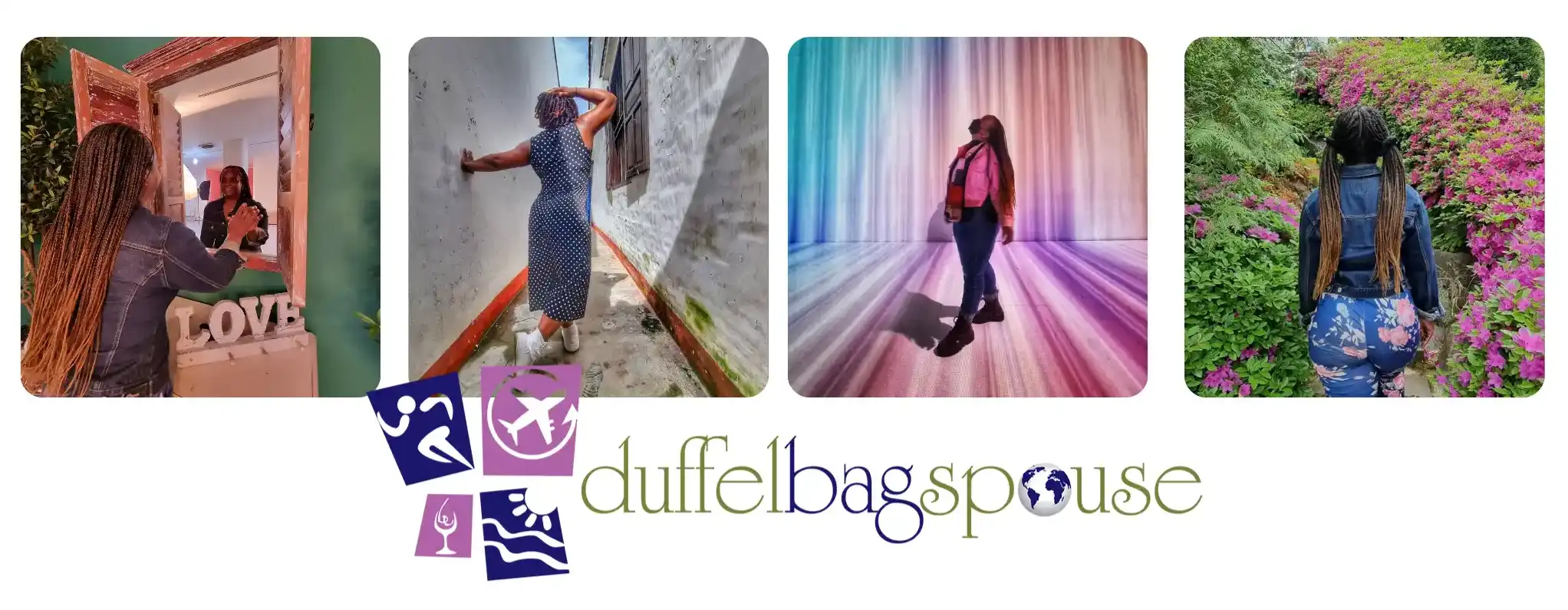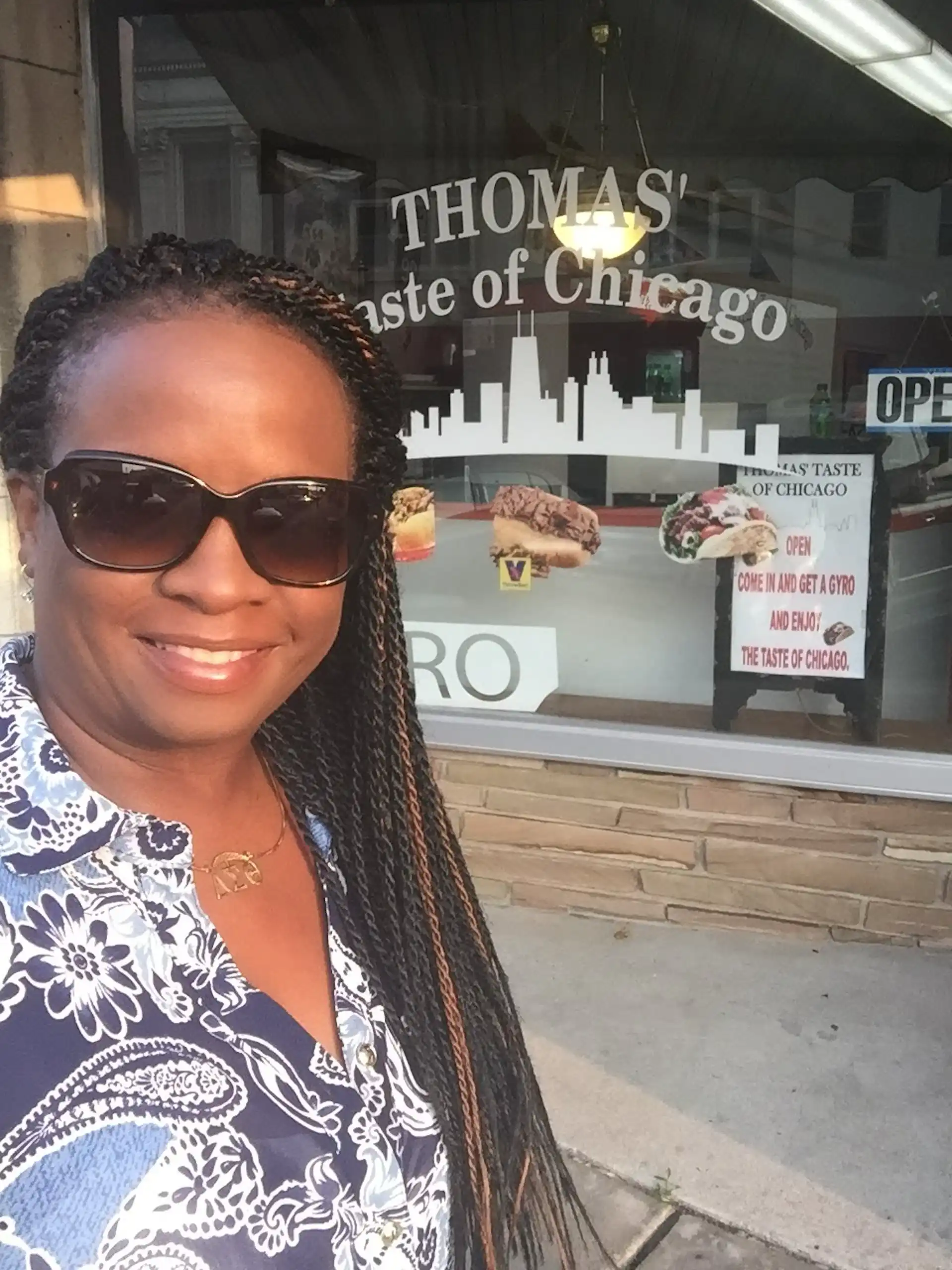|
Getting your Trinity Audio player ready...
|
When Steven got stationed in the Quad Cities, I knew I couldn’t leave—for two years, at least. But when I looked at the map and realized Chicago was just two and a half hours away, I had mixed feelings. I’d heard too much. Mainstream media had already painted the picture: carjackings, random bullets, chaos. I worried about driving my BMW up there. Would I be targeted? Why was I so naive?
But here’s what I’ve always known—people who talk the most about a place often know the least about it.
Table of Contents
- Chicago Is Global. The Rest? Not So Much.
- But It’s Always Reduced to One Narrative
- The Real Agenda: Fear
- What They Don’t Know
- So Again, Why Is It in the Midwest?
- Where We Stay in Chicago
- Like it. Love it.

Chicago Is Global. The Rest? Not So Much.
Hyde Park is a neighborhood on the South Side of Chicago. It’s known for its historic homes, tree-lined streets, and the University of Chicago. The area also includes the Museum of Science and Industry and was once home to President Barack Obama. The South Side is diverse, intellectual, and deeply rooted in Chicago’s cultural life. You can hear French on the sidewalks, browse indie bookstores, or catch live jazz at night. Locals march for causes they believe in and gather in parks that feel like extensions of their homes. Hyde Park reflects the city’s complexity—thoughtful, vibrant, and always in motion.
Chicago doesn’t erase its history. It elevates it. This is the city of Native Son, The Jungle, A Raisin in the Sun. It’s where thousands of enslaved Black people fled the South to find work and freedom during the Great Migration. Chicago gave us Lorraine Hansberry and Richard Wright, Studs Terkel and Gwendolyn Brooks. It gave us neighborhoods shaped by protest and pride. And it gave us the Haymarket Protest, the Pullman Strike, and Labor Day itself. We work eight-hour days—not fifteen—because Chicago workers refused to accept less.



But It’s Always Reduced to One Narrative
Despite its culture, history, and contributions, Chicago is often reduced to one thing—violence. The headlines focus on the South Side. The conversation is always about crime, rarely about context. The city becomes a talking point, especially for conservatives who need a villain. Chicago, to them, is everything they claim is wrong with America: diversity, progress, complexity.
But Chicago is also where, for the first—but not the last—time, white Americans watched their own government turn on its citizens. During the 1968 Democratic National Convention, 12,000 police, 6,000 National Guardsmen, and 1,000 federal troops beat Vietnam War protesters, journalists, and everyday bystanders. That wasn’t a riot. It was a political awakening. And it set the stage for protest as a legitimate form of dissent, something we’re still witnessing today.

The Real Agenda: Fear
I don’t fear Chicagoans. I fear the price of parking. That’s the truth. The media has an agenda. Fear sells. And Blackness, when framed through a certain lens, terrifies the right people. But Chicago is not a war zone. It’s not just “Black-on-Black crime.” Families sit on front porches. Businesses open before dawn. Artists paint murals on viaducts. Educators walk into classrooms with more hope than funding. Activists demand better—not because they hate the city, but because they love it too much to let it fall apart.
The narrative is designed to keep people like me—and you—away. Or worse, to make us ashamed for seeing beauty in it. But I do see it. In the skyline at sunset, in the laughter spilling out of late-night cafes, in the history built brick by brick through struggle and triumph. I love this city. Not because it’s perfect. But because it feels like home in a country that so often doesn’t.

What They Don’t Know
Miracle Mile buzzes with life. Wrigley Field feels sacred. Chicago’s culture is one of the most beautiful in America. It’s bold, contradictory, deeply flawed, and impossibly beautiful. The Chicago skyline belongs on postcards. Its neighborhoods belong in novels. Its people have changed history again and again—not by accident, but by design.

So Again, Why Is It in the Midwest?
Maybe by proximity. Maybe by history. But not by heart. I’m kidding, of course—I know geography. That’s not the point. Chicago doesn’t reflect the quiet deference or political conservatism of the towns around it. It’s fierce, complicated, and unapologetically alive.. It’s fierce, complicated, and unapologetically alive.
And for the record, I’ve never felt more watched, judged, or misunderstood than I have in these so-called “safe” Midwestern towns, not in Chicago. There, I can walk without shrinking. I don’t have to explain who I am or why I’m there. Who would have guessed— now I wish I lived closer.



Where We Stay in Chicago
The Pendry Chicago feels like a true Chicago hotel. It’s inside the old Carbide & Carbon building, one of the city’s most striking landmarks. However, the design mixes Art Deco details with modern comfort. In addition, one of the prettiest cafes in the city, Venteux, sits on the ground floor. Upstairs, the rooftop offers wide views of the Chicago skyline. The whole place reflects the city’s style—bold, elegant, and rooted in history.
Like it. Love it.

I love sharing my travel stories, lessons from life abroad, and tips for curious travelers. If my work has inspired you or made you smile, please buy me a coffee.
My articles are available as mobile apps for offline reading and GPS-assisted directions. Download my articles on GPSMyCity. This post contains sponsored and/or affiliate links. If you click these links, I may earn a small commission. Your support helps me keep the blog running—at no cost to you.
Discover more from Duffel Bag Spouse Travels
Subscribe to get the latest posts sent to your email.



I love the article. It was very enlightening, as I had always heard bad things about Chicago. The media made me want to stay away, but I’m glad to read and see a different perspective through a different set of lenses. It is now added to my list. The deep dish pizza looks divine, and I can’t wait to taste it. Thanks for the review.
Hey Court!! We love Chicago. It is such a cool city with great restaurants, cafes and museums. We love the open spaces all the views of the Lake. It’s really cold in the winter and the summer seems really short, but we go as much as we can just to discover something new. Check out the post on Minneapolis, that city also surprised us. Minneapolis, Minnesota